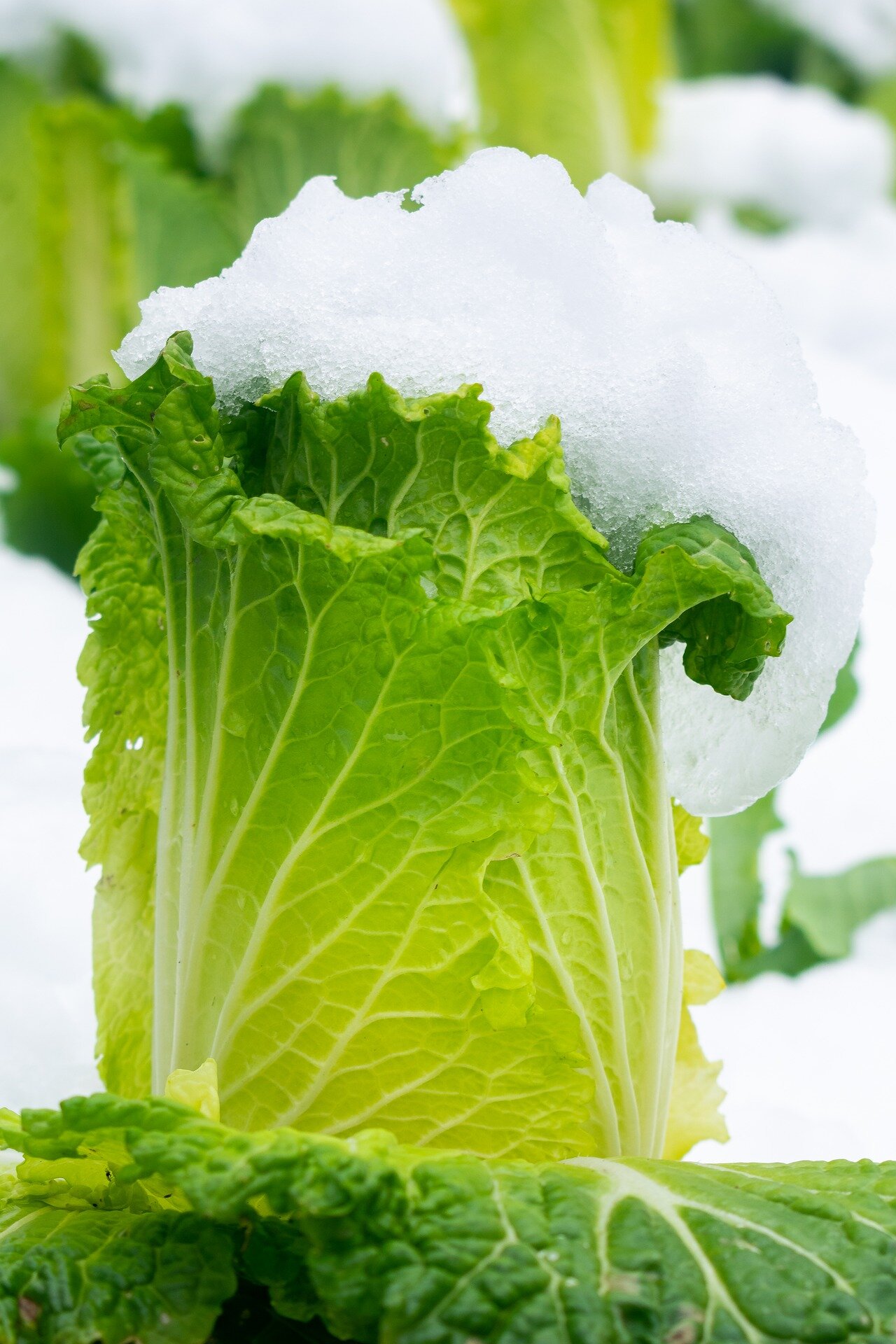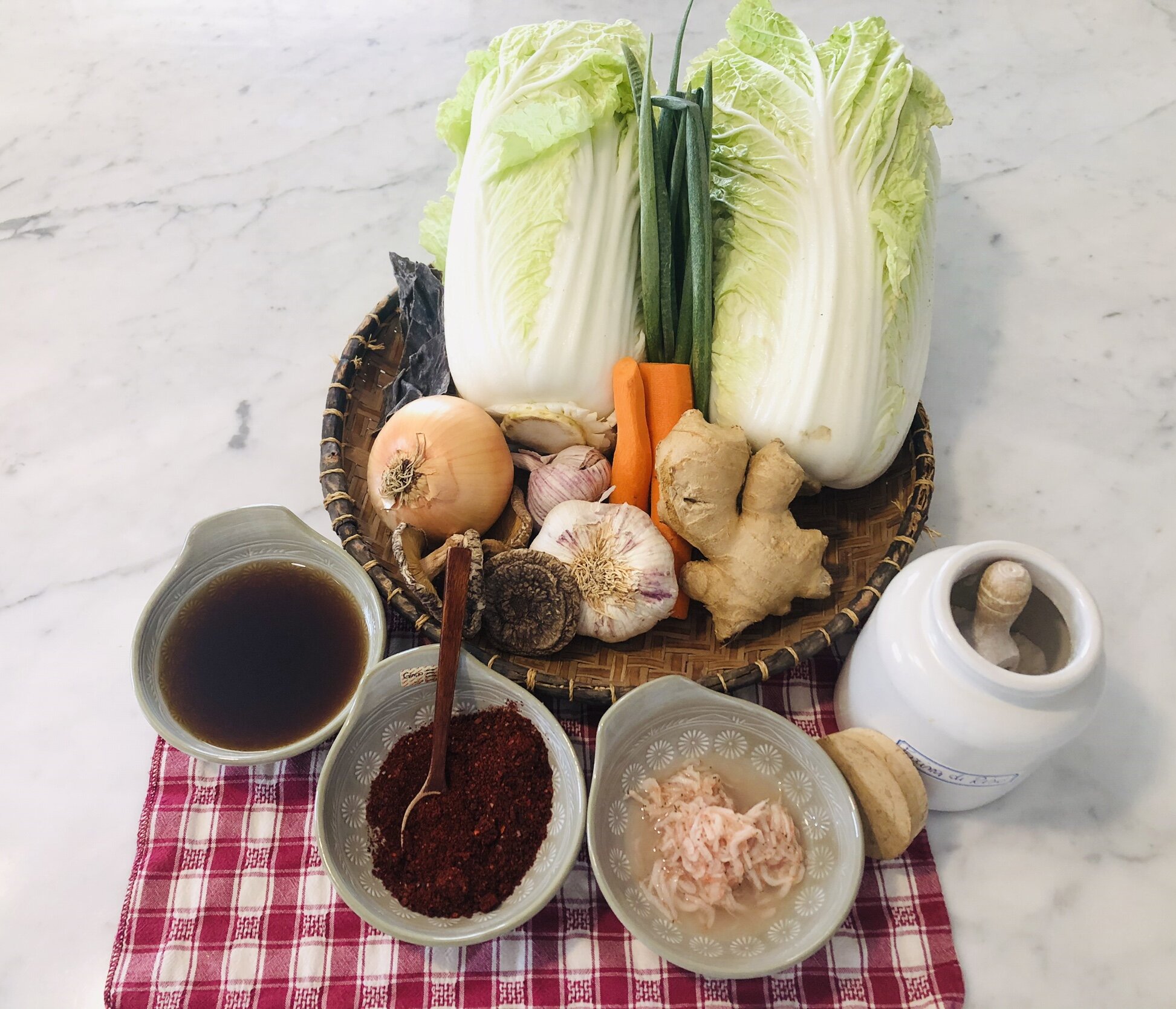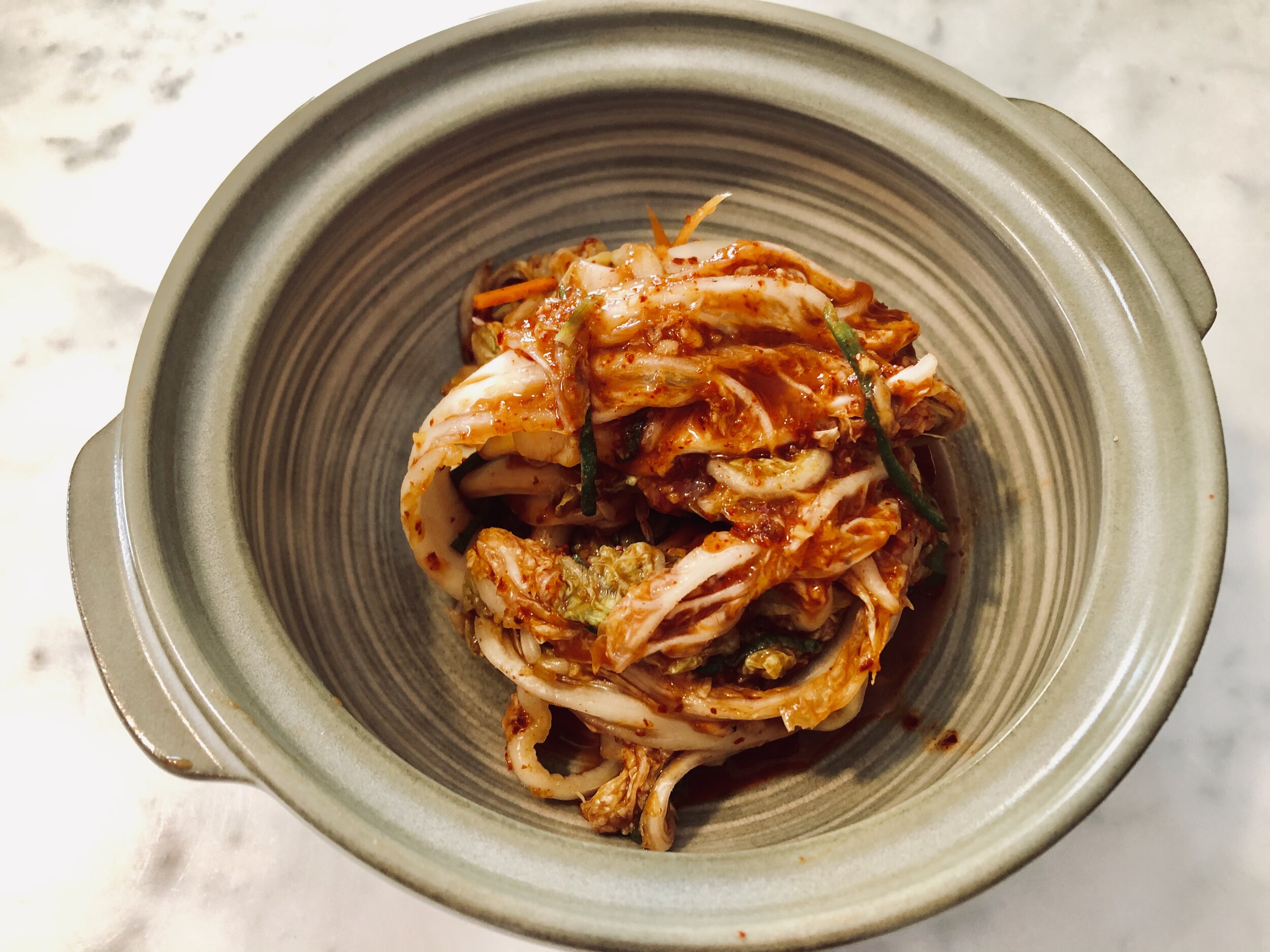FOOD REVOLUTION - chapter #8
Life Below Water
Oceans represent the largest ecosystem in the world, with millions of species. They contribute to absorbing 23% of annual CO2 emissions, guaranteeing better breathability, and rebalancing global warming (World Health Organization 2020), a crucial asset for humanity. They act as sustenance reservoirs through food suppling and social basins, ensuring the job for millions of fishermen. Oceans have been severely impacted by human activities and climate change, endangering not only the ability to assist the planet but the inability to keep their ecosystem alive. WWF (2020) alerts that without a marked change in trend, in 2050, oceans will be populated more by plastic than marine species, and due to its non-degradability, plastic will be part of our diet through the consumption of fish. Moreover, overseas industrial fisheries represent 1% of boats yet responsible for 50% of global catches through unselective techniques, targeting extremely fragile species. A year of bottom trawling causes as much environmental impact as more than 500 years of longline fishing. And our new rediscovered sustainable values are not reversing the trend but only slowing the fateful point of no return, emphasizing the importance of modifying the economic system besides our environmental approach. A global awareness is essential to strengthening the resilience of the oceans, recognizing the role of local communities in protecting marine ecosystems, promoting artisanal and responsible fishing to guarantee the sustainability of marine stocks for future generations; indeed, healthy oceans positively impact the economy. Clean beaches and waters, intact coral reefs, eco-friendly resorts, preserved landscape are a reason of attraction for tourist flows and consequently economic resources and subsistence of coastal communities. A marine ecosystem has an interconnection and vital importance for several stakeholders. Committing to its protection will guarantee resources for us and future generations. It will continue to clean the air we breathe by reducing the presence of CO2; it will ensure our health, contrasting climate change and lowering temperatures, it will provide food for billions of people and the economic resources of millions of fishing families.
Hotels and restaurants should be committed to sustainable fishing activities, contrasting intensive fishing and preserving other communities' protected sea areas. Promoting "sustainable, artisanal and reasoned fishing" means guaranteeing the sustainability of stocks for future generations. An environmental approach that goes beyond existing labels and certifications. Hospitality firms should engage to safeguard marine ecosystems of partnering communities, involving all stakeholders in proactive measures. A coastal safeguard project to protect beaches and supplying sea products coming exclusively from local, sustainable, and responsible sources. Finally, restaurant operators should be monitoring their sourcing and supply chain, avoiding any supply from FAO fishing areas outside the continent.
Kimchi ~ king of the fermented foods
Kimchi is a fermented food based on brassica rapa pekinensis, commonly called Napa cabbage or Chinese cabbage. Of Korean origin, it is mainly eaten as a side dish or condiment and accompanies almost every meal. Kimchi has a slightly spicy flavour, with slightly sour notes.
Cabbage Kimchi, baechu kimchi (배추) is traditionally made from Chinese Cabbage, Sea Salt, Chili Powder, Daikon Spring Onion, Carrot, Garlic, Ginger, Fermented Fish Sauce. It can be fermented for a few weeks, fresh kimchi or for several years, mugeunji
However, there are more than 100 versions of kimchi that use different ingredients: cucumbers, daikon, spring onion, tomatoes, perilla, garlic stalks, roots, and more as main components.
These ingredients make this dish rich in beneficial properties.
As a fermented food, kimchi contains a significant amount of good bacteria, or probiotics:
· Leuconostoc mesenteroides, citreum, gasicomitatum, kimchii, inala
· Weissella Koreensis, Cibaria
· Lactobacillus kimchii, plantarum, sakei, delbrueckii, buchneri, brevis, fermentum
· Pediococcus acidilactici, pentosaceus
Kimchi is an excellent source of Vitamin C and Vitamin K. Vitamin C is a powerful natural antioxidant that plays a vital role in the immune system and in the growth and repair of skin, bones and other body tissues. human. Vitamin K is also beneficial for bone health and reduces the risk of cardiovascular disease. In addition to these two vitamins, kimchi provides a wide range of fibres and other vitamins and minerals.
Eating kimchi prevent disease, increasing immunity and disinfecting the organs. Kimchi can reduce the risk of atopic dermatitis; it is a good source of isothiocyanates which inhibit the activation of carcinogens. Kimchi contains polyphenols, has a protective effect against oxidative stress. Kimchi can lower fasting blood glucose levels and helps to clear blood vessels, leading to better blood circulation. Various lifestyle diseases such as obesity, diabetes, and hypertension can also be avoided. Kimchi enables the whole body to maintain good health, which raises immunity and stabilizes biorhythm.
Kimchi origins
It is quite impossible to state when kimchi has been created, since there are many kinds of kimchi. The definition of Kimchi is ambiguous as any fermented vegetables with seasoning can be kimchi. In fact, the original name comes from a Chinese word Chaejeo, which means fermented vegetable. However, an approximate date, according to history traces, tell us that kimchi is 3000 years old, at that time chopped cucumbers where marinated and let fermented.
The cabbage kimchi is known to have originated from the ancient times, even before the era of The Three Kingdoms. The kimchi we know today became at the beginning of the 1600’s, as chili was commercialized
To preserve food from going bad, Korean ancestors used the technique of drying food. Later a more sophisticated method was discovered, fermentation: that’s how kimchi was created. They needed to store vegetables for the winter when vegetables were not accessible. Initially, kimchi was dipped in salt inside a ceramic jar, then buried underground for more complete fermentation. Having rice as their main food, carbohydrate was the main nutrient obtained by Koreans during that time period. To supplement other vitamins, vegetables were highly desirable. By satisfying both the conditions of long shelf life and nutrition, kimchi production and storage became common practice.
In the past, Korean families used to make kimchi in large quantity at the beginning of autumn, in preparation for cold months. The taste of kimchi is quite different as every Korean family has its own traditional recipes, often driven by the regional flavors of their hometown and family traditions.








